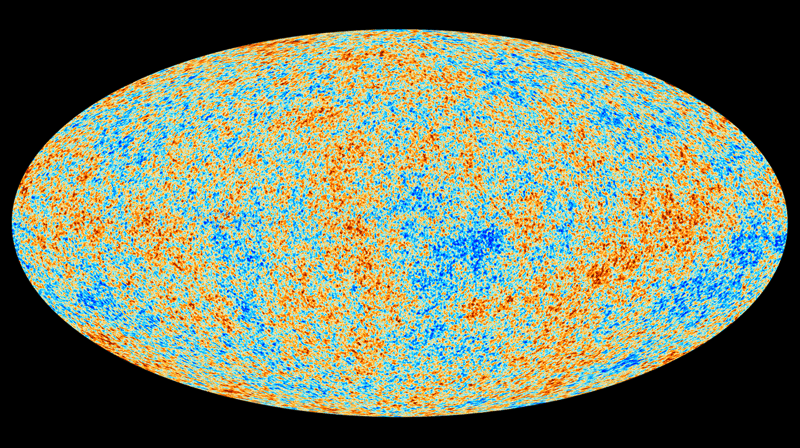Big Bang telescope finale marks end of an era in cosmology
PDF version
A transformative era in cosmological science ended this week when the European Space Agency’s Planck telescope released its final maps of the early Universe. Planck was the last in a line of three major space telescopes to study the cosmic microwave background (CMB), the faint afterglow of the Big Bang, resulting in the most precise measurements yet of the age, geometry and composition of the cosmos. With space agencies in Europe and in the United States hesitant to fund a follow-up CMB-focused satellite, Planck looks set to be the last space telescope to study the CMB for many years — marking a big change for cosmologists./.../

No comments:
Post a Comment